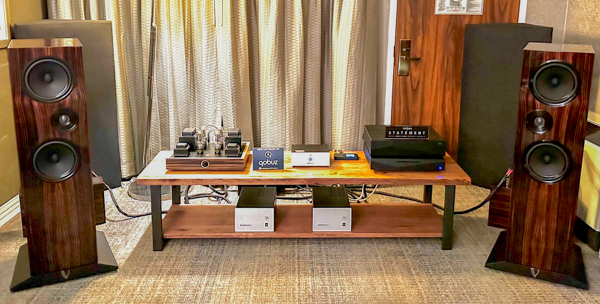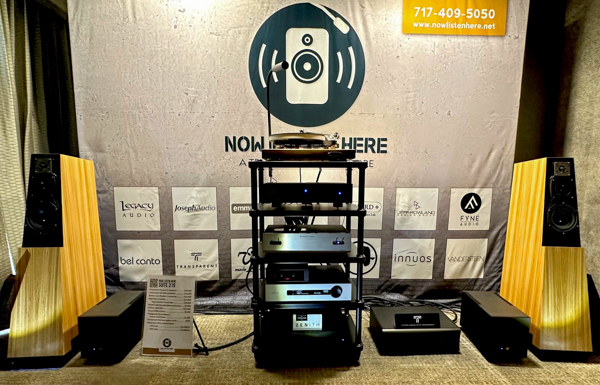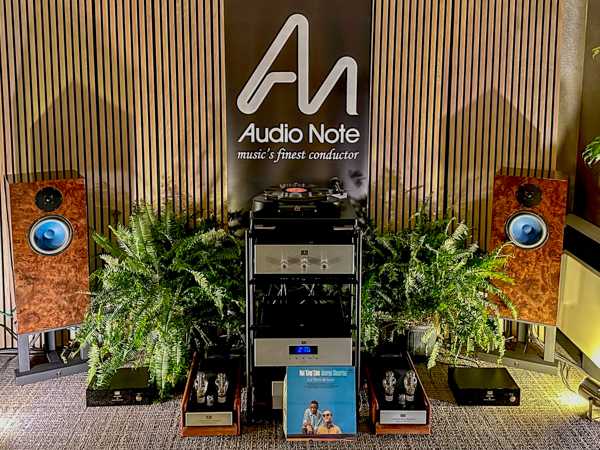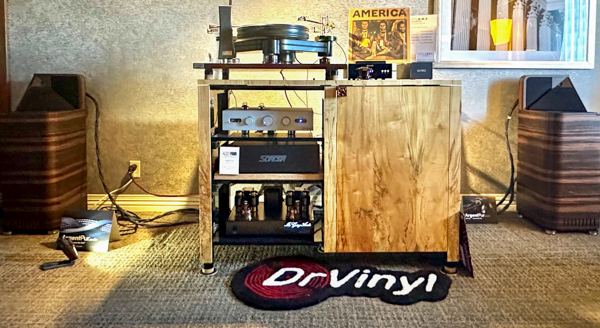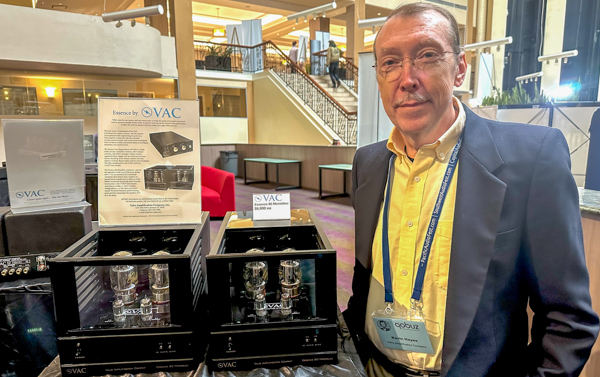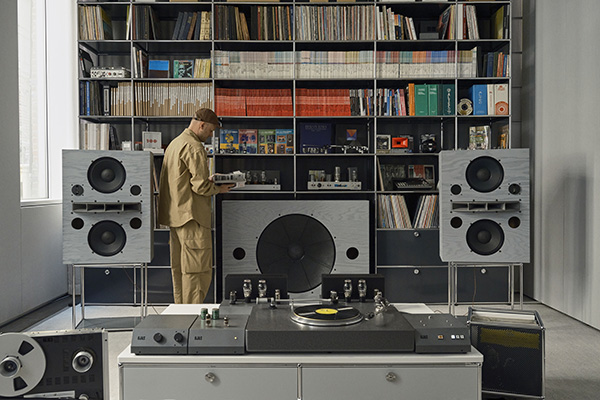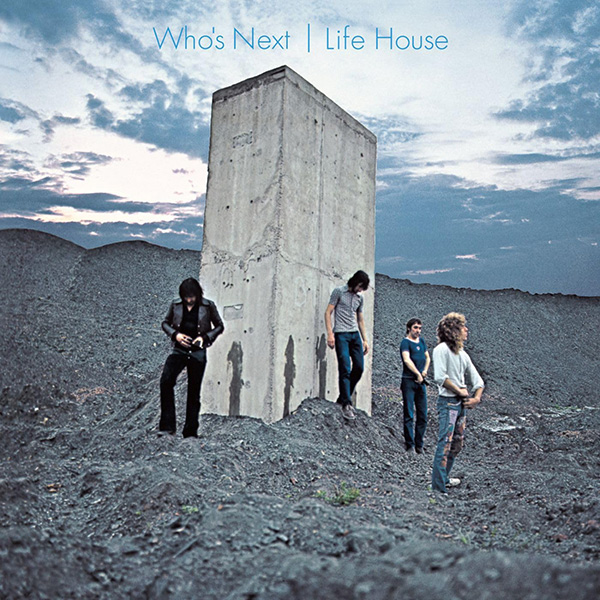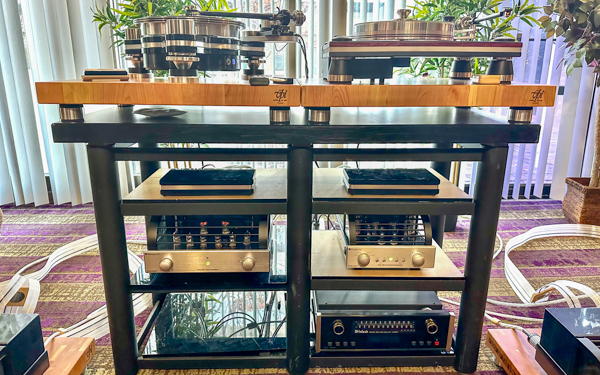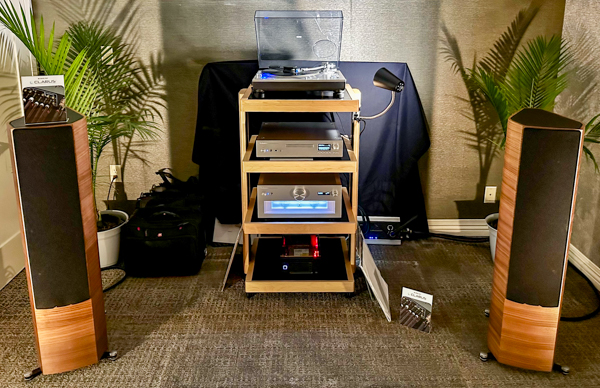The Who: Who's Next/Life House Super Deluxe Edition
Polydor/UME (10 CD, Blu-ray). 1971/2023. The Who, orig. prod.; Glyn Johns, associate prod.; Bill Curbishley, Robert Rosenberg, exec. prods. reissue; Bob Pridden, Richard Whittaker, Andy McPherson, Jaime Howarth, Pete Townshend, engs.; Jon Astley, Layla Astley, remastering engs.
Performance *****
Sonics *****
Impossibly ambitious? Too many demands on the audience? Tommy done better? A final collapse before a glorious resurrection? 1971's Who's Next, which began life as a more-advanced-than-Tommy sci-fi rock opera called Life House (also called Lifehouse), is all that and more. All the elements of this oft-reissued opus have been remastered and reissued in several new configurations, the most complete being the Who's Next/Life House Super Deluxe Edition, which includes 10 CDs with 155 tracks sourced from the original tapes, 89 of them previously unreleased.
Continue Reading »

